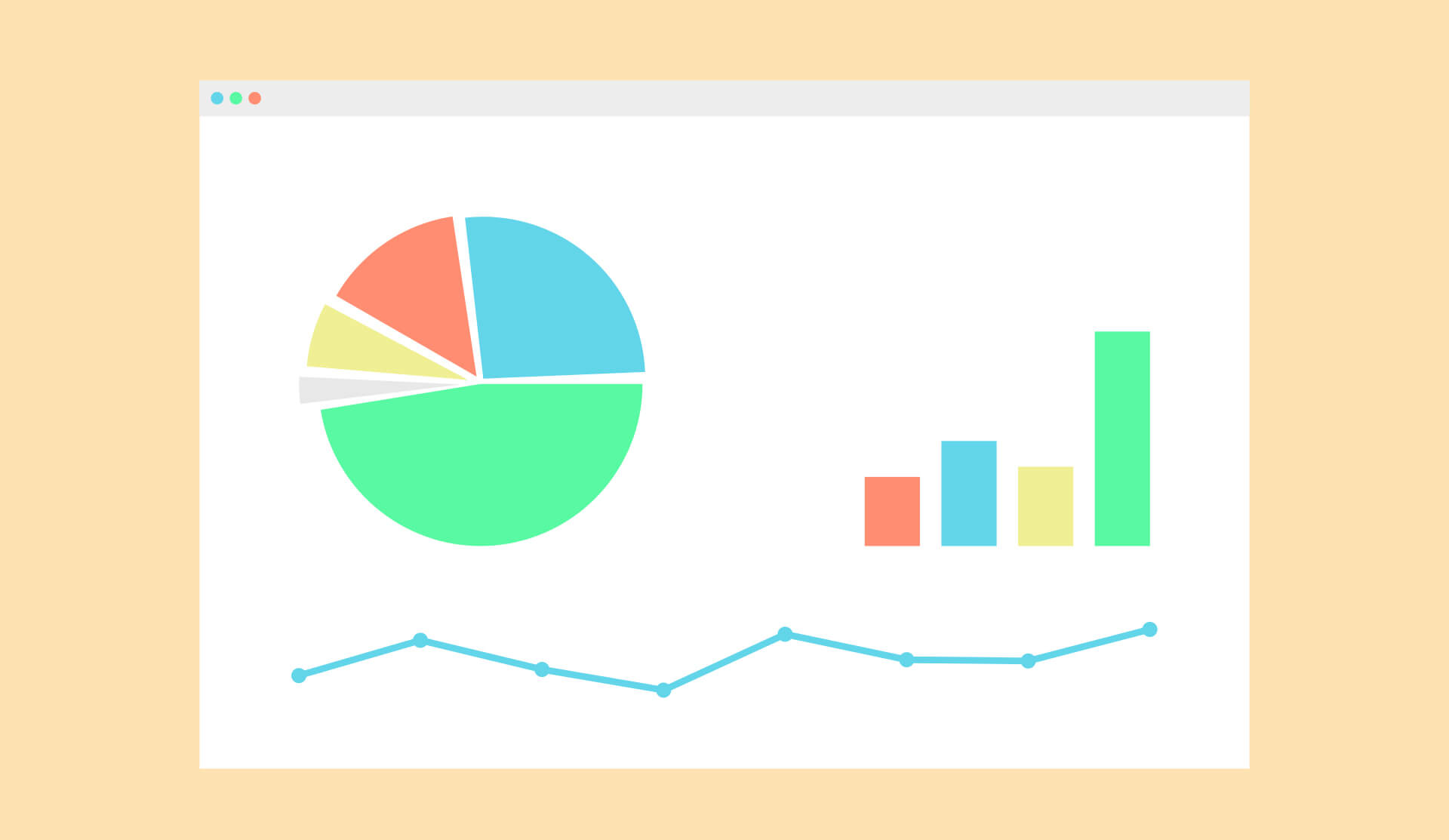
There are more than 1.88 billion websites in the world but most of them actually failed. More than 90% of new websites get zero traffic from organic search. Most website owners give up in the first year or leave the sites as they are.
As a result, it’s a huge waste of their time, effort, and money. Because people spend their highest energy at the beginning of the website design and up to the end of the development process. After that, they wait to see the output in the next 3/4 weeks. Certainly, they receive nothing and end up with unhappiness.
From there, many of the website owners start over in the wrong direction or focus on optional parts. And even a lot of business owners seek a way to bring visitors to their websites without giving them reasons for visiting. Below I discussed the top reasons why websites fail.
Lack of website content
There should be reasons for the traffic/visitors/prospects to visit your website. The website content is the main & first reason for visiting a website.
You may have created a few pages such as home, about, service, portfolio, contact, etc. But these are not enough for a website to get found on the internet.
Here I am referring to the help content that will educate your visitors/prospects. Honestly, you do need a lot of them (content). The term “A Lot” is subjective & relative. It will depend on your niche, competitors, and the way you want to achieve your goal.
Not having a mature blog
A blog is simply a part of your website and it’s an archive (list) of all your posts. You can publish content in two main ways: pages and posts. Aside from pages, posts are the most valuable way to get traffic on your website.
So if you publish posts on your blog regularly, it will become mature in a short time. A matured blog also indicates the maturity of your entire website and conveys the reputation & trust of your business.
Consequently, if you’re not publishing posts on your blog then you’re missing a lot of opportunities.
But do not expect the result as soon as you publish posts. It takes time to rank. I will discuss more it later.
Failed to identify competitors
It’s one of the important & ignored steps in web development. If you never tried to identify your competitors before designing, developing & writing content on your website, then you probably missed a lot of opportunities.
You may think that identifying competitors is not applicable to you because you’re a novice in that niche. But you’re wrong! It’s not the case.
In online business, competitors are those who do the same thing as you do. It does not necessarily need to have a similar amount of revenue or nearly close in gross sales.
So if you’re totally new to this field and if this is your first time thinking about creating a business website, identify those businesses/people who obtained a significant market share in your niche.
For example, if you’re running in a field alone, it’s very hard to measure how well or badly you’re doing. But if you compete with other people in the race, then you’ll have a clear idea about your proficiency.
To clarify, it’s very important to identify your competitors and compete with them. And even your competitors don’t know your name/business.
Probably this is the main reason for guardians to admit their kids to a renowned/famous school so they can compete with other intelligent and make something good in the future.
Lack of accurate data
If you build a website for your business, you have to know how good or bad the website is performing. And only then you’ll be able to take proper action to improve it further.
Unfortunately, a large number of site owners don’t have the necessary data to make improvements or to keep track of their progress. They don’t even know if their website is crawled or indexed by search engines or if people find their website on the internet.
So you have to gather the necessary data to make improvements to your website. You can use Google Analytics to keep track of your visitors. Use Google Search Console to help Google to index your site and to see the search queries that people are using to find your website. Actually, there are lots of other use cases of these tools.
Once you have proper data, it will become very handy to make improvements to your website and push it to the next level.
Expended more time on optional aspects over mandatory
People are more interested in the look & feel of their website instead of the performance.
The color, text-shadow, button, and slider are mostly discussed words in a web design revision. However, the owner of the website doesn’t even know that there are some missing ingredients (components/aspects) that will be required in order to cook a soup (performance).
There is nothing wrong with adjusting color or creating the brand image. But these are less important than the performance (yes, that’s the reality).
If you created a super-luxury website and no one visits it, then what you will do with the site? I don’t know about you, but I will start focusing on the content and SEO side of things.
In short, put your highest effort into the purpose of your website over the optional aspects of website design.
Lack of regular maintenance
Just like any other asset, a website also requires regular maintenance. The maintenance includes fixing any bugs, technology updates, adding new features (that are required), SEO, content creation, updating security, user testing, etc.
If you connect your website with GSC, they will email you once they find any mobile usability issues. But if you want to take full advantage of maintaining your website, you have to use at least one premium tool (there are a few of them and you can choose anyone).
If you forget to maintain, your website may forget about your ROI.
Wrong expectations
Many people think that they will start getting responses after publishing their websites. In reality, it’s not the case. A website takes time to rank and to get found on the internet. People do not find your website on the search results just after launching it.
And this time will vary on various things. However, normally it’s 8 to 10 months for most websites.
However, if anyone creates a website and just sits there for 8/10 months, he/she will never see any progress in the site.
So if you want to get ROI from your website, you have to keep improving & adding value. And you’ll see some rolling after that period of time. But if you sit there with the wrong expectations, you may end up with unhappiness.
Conclusion
Most of the websites fail and many of them give up in the first year. As of 2021, there are over 1.88 billion websites around the web. Only less than 10% of the websites are able to bring profit & success. If any of your websites failed to generate revenue or failed to achieve your goal, then make sure that you passed all the points mentioned above.


